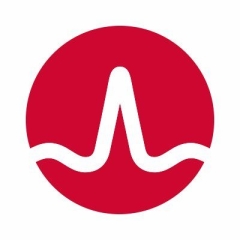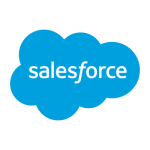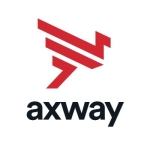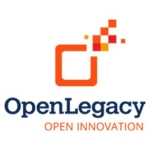What is most valuable?
From our perspective, the most important aspect is the ability to scale without compromising performance as well as security. That’s the most important aspect, and that’s one of the reasons why we chose the CA product, because it does scale for our needs to grow without compromising performance.
Also, security is very key. We are in a marketplace that companies are being hacked, so we didn’t really want to compromise in any of the security aspects of it.
Good performance and ability to scale not only for now but also in the near future as we organically grow the company.
How has it helped my organization?
When we thought about the API platform as a whole, our intention was to provide the solution both for our internal customer as well as for our external customers. What we mean by that is we are a very geo-spread company and there are internal folks who also leverage the same services which are currently consumed by our external customers. So the intention when we thought about this whole solution and the future perspective was to have a single platform that caters the niche for both, without trying to deploy them in a very indifferent way. We have seen in other places and even in the past that you have a solution and deployment that provision for internal users and separately for external users. That was too much cost: maintenance and redundancy. We wanted to bring them together as a whole and that’s the aspect which we like the most using the proxy aspects of it and the ability to configure the different end-points. We point out based on the user base which end-point we hit on without a compromise in any of the scalability, performance and security aspects but at the same time using a single platform per se.
What needs improvement?
The additional features are to keep up with the security aspects. That’s one aspect, the market is changing. As we started several years back and where we are today, the technology and the security aspects have pretty much changed starting in the good old days with the PKI, SSL, now with the OR, etc.
One thing that I would really look up to is keeping up with all of the evolution and security aspects of it as new features that can be added. The second one is provisioning the users. Right now we do not have a user friendly provisioning utility per se, so we have to do it behind the scenes. Having such a feature would certainly help in the long run, because it could do a lot of internal effort that we have to do in terms of development and maintenance aspects of it if we were using something out of the box.
What do I think about the stability of the solution?
We are pretty happy with the stability. We had our challenges from the beginning, that’s part of the learning curve that we go through no matter what product we choose. But as we learned a little bit more about the product, and as we started leveraging the key features and the functionality of what it can bring to the table, I think we are pretty happy.
What do I think about the scalability of the solution?
We are able to scale both horizontal and vertically, so we have an internal user base as well as external user base and we are able to provision both for those user needs. We are able to even segment it. One of the features that we like the most is the ability to have a form of servers which provide that scalability and un-scalability at the same time we being able to curve out a part of it exclusively for internal users as well as for external users, but if time demands we can bring that together to scale it. That’s the part which really added a lot more value to the business.
How are customer service and technical support?
They’re pretty handy and they’re very knowledgeable folks from our experience perspective. In the initial days when we ventured into this product, they said we were in the learning aspects of it so we didn’t know all aspects of every feature and functionality. We did follow up many times. They were patient, they were trying to provide reasonable answers and guide us to the right path and where we could go to look for more information, so it was very helpful.
Which solution did I use previously and why did I switch?
We were using an in-house built solution which used Tomcat servers and were quite complex. We wanted speed which is the key for success in the current marketplace, so CA did deliver that. We wanted that speed. We were able to really get up and running fairly quickly because it is mostly configuration driven as opposed to doing things from scratch.
How was the initial setup?
Every project starts with something small but in our case we also started small, but eventually it grown into a big elephant in the room, so that’s how we got into. Right now we realize we can be small at the same time as we can be a big elephant in the room. We try to find that medium aspects of it where rubber meets the road and what we really need. It’s not too complex at this point of time. We are scaled down to accommodate what we want to begin with.
What other advice do I have?
The stability of the company and the customer base are the two most important aspect because we want to make sure the company is going to be around for years to come.
Also, who is there customer base at the moment. We want to make sure and learn from their experiences. We don’t want to be a guinea pig to begin with.
Rating: I would say CA is around a nine plus. I would strongly recommend them. The first think I’ll tell anyone is to do your homework because wherever you venture into a new product, there are lots of unknowns and those unknowns are what makes people feel, “Well, this is humongous. It’s too complex.” I would say to first learn the product and what the product has to offer and see how does that benefit your business needs. Then go for it, but with the product suite that we are current using, I would strongly recommend them because it did deliver what we want and we are very happy with it.
Disclosure: My company does not have a business relationship with this vendor other than being a customer.
















You mentioned legacy apps. However, in my understanding, the only language supported for API creation in CA APIM is JavaScript (Java jars can be used for dependency JARs). Does APIM support any other way of migrating legacy apps to APIM?
Thanks
Udaya